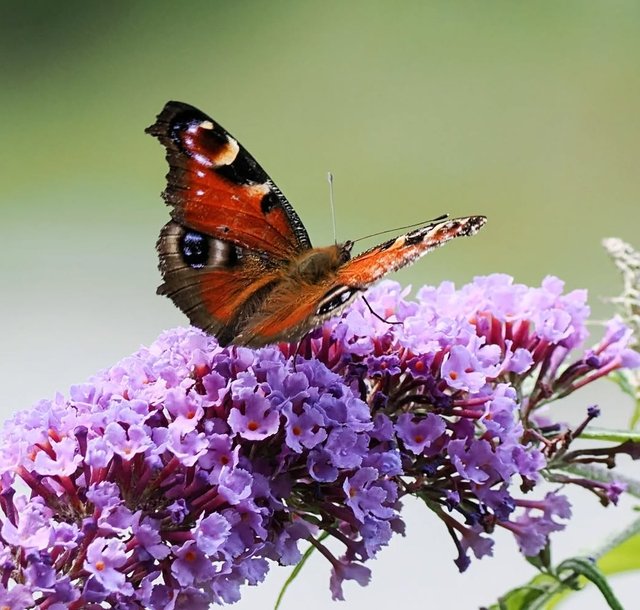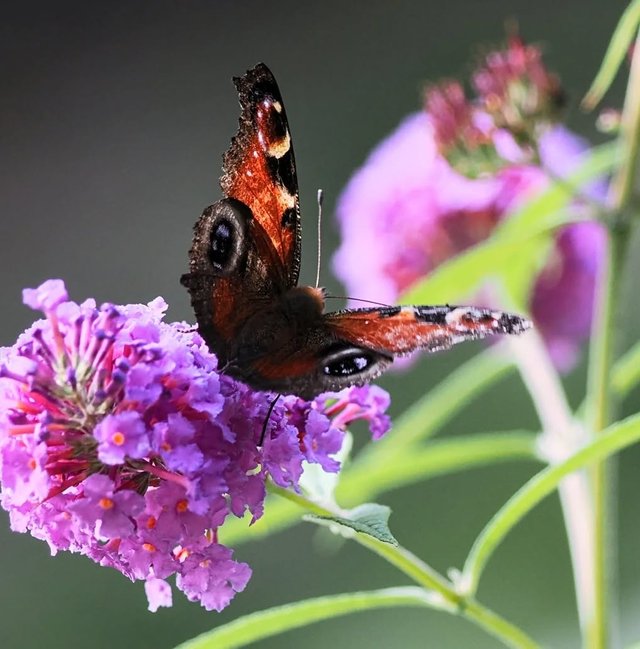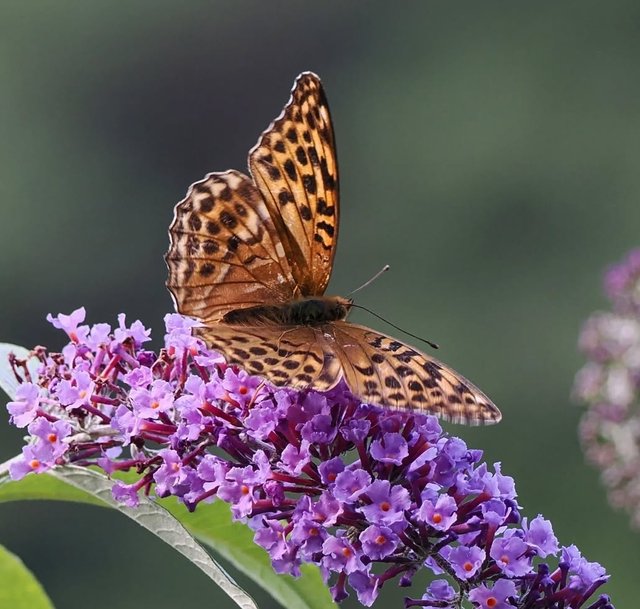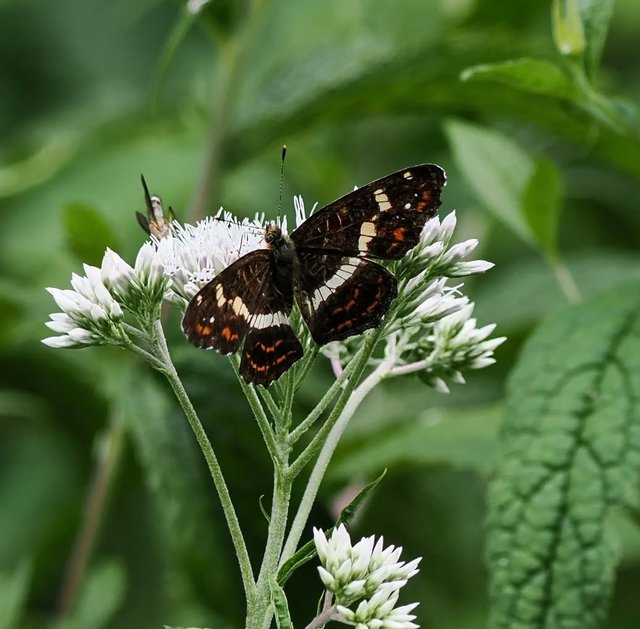So Cute Butterfly
The Silver-washed fritillary is one of the most striking and elegant butterflies found in Europe and parts of Asia. Its large size, graceful flight, and shimmering silver streaks on the underside of its wings make it a remarkable species that captures the attention of both casual nature observers and dedicated lepidopterists. This butterfly is not only beautiful but also ecologically significant, playing a role in woodland ecosystems and offering insight into the health of its environment.
Appearance and Identification
The Silver-washed fritillary is among the largest fritillaries in Europe, with a wingspan ranging from 70 to 80 millimeters. The upper side of its wings displays a rich orange background patterned with bold black spots and streaks, a typical feature of fritillaries. What distinguishes it from other closely related species is the underside of the hindwings: here, pale green is decorated with unique, elongated silver streaks, which give the butterfly its common name. This shimmering underside not only serves as a form of camouflage among dappled woodland light but also helps naturalists quickly identify the species.
Males and females differ slightly in appearance. Males are generally brighter and have distinctive black streaks on their forewings known as sex brands, which contain specialized scent scales used to release pheromones during courtship. Females, in contrast, are often slightly larger, paler, and lack these markings. A notable variant of the female, known as valesina, occurs in some populations. In this form, the upper side of the wings is suffused with shades of greenish-grey, creating a more muted but equally captivating look.
Habitat and Distribution
The Silver-washed fritillary thrives in open woodland habitats, particularly sunny glades, rides, and forest edges where nectar sources are abundant. It is widespread across much of Europe, from the British Isles to the Mediterranean and extending eastwards into temperate regions of Asia, including Japan. Its presence is strongly associated with broad-leaved woodlands, especially oak forests, where its larval food plants grow in shaded areas.
In the UK, it is considered a woodland specialist and has benefited from traditional woodland management practices such as coppicing and ride widening, which create the sunny clearings it favors. However, changes in land use and forest management have, in some places, affected its populations.
Thanks For Reading
Device Information
| Device | Redmi Note 10 Pro |
|---|---|
| Lens | 64 mp |
| Location | Bangladesh |




